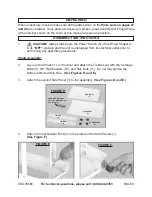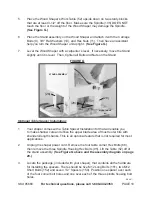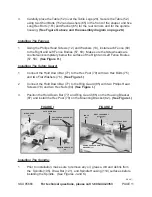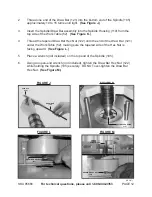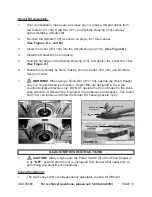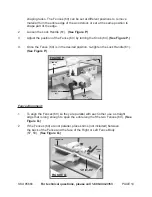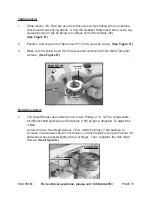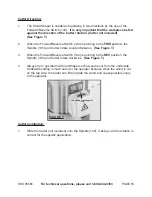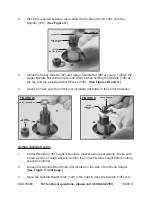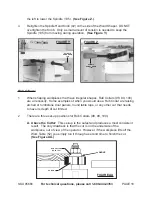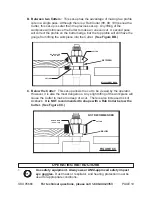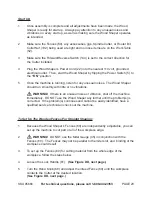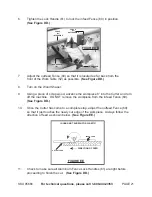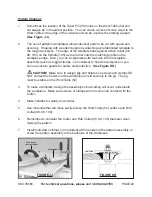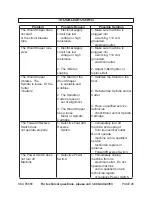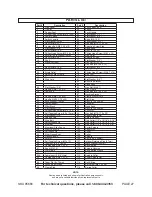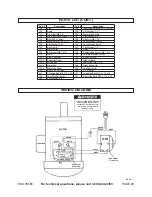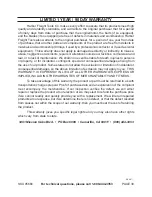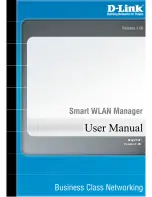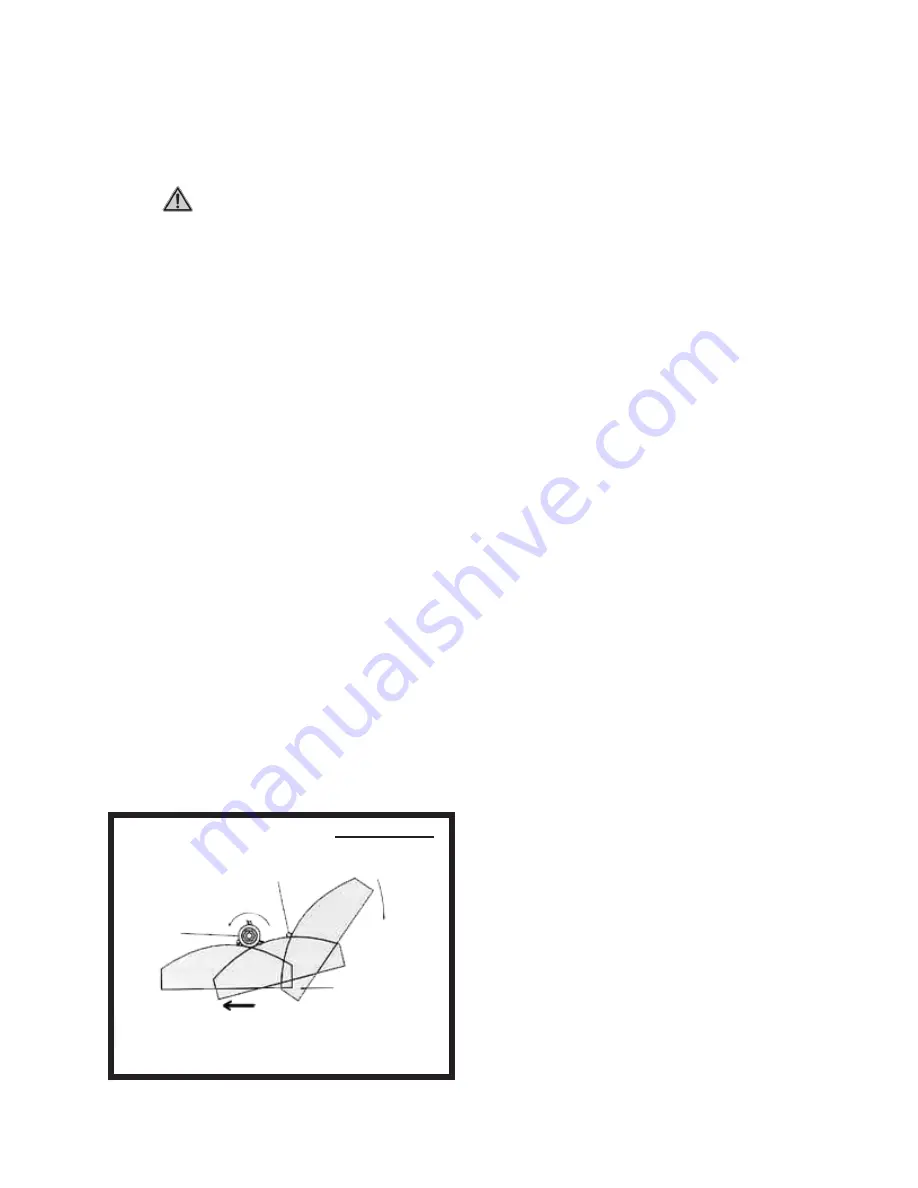
SKU 95668
For technical questions, please call 1-800-444-3353
PAGE 23
2.
To reduce this tendency, use a Taper Pin (56). The Taper Pin allows you to
anchor and slowly pivot the workpiece into the Cutter as the cut is started. Thus,
shaping freehand is more stable and safer.
(See Figures HH).
WARNINg!
ALWAYS use an auxiliary jig (not included) and extreme care
when shaping with the Fences (60) removed. Freehand shaping often requires
you to remove the Fences, resulting in reduced protection from the Cutter.
3.
To set up the Wood Shaper for freehand shaping, remove the Fences (60) from
the machine.
4.
Insert the Taper Pin (56) in the best suited hole on the Work Table (52) so you
can feed the workpiece into and against the rotation of the Cutter.
(See Figures HH).
5.
Install the Cutter so it will cut in the correct direction. Then, adjust the Spindle
(105) height.
6.
Install the Ring Guard (85). DO NOT use the Wood Shaper without the Ring
Guard installed.
7.
Use a supplemental hold-down jig (not included), or you can use rubberized-
handle push blocks (not included) to support or guide the workpiece and protect
your hands.
8.
Place the workpiece against the Taper Pin (56).
(See Figures HH).
9.
Slowly pivot and feed the workpiece into the Cutter. Avoid starting the cut on the
corner of the workpiece as kickback could occur. Once the cut is started, the
workpiece should be pulled away from the Taper Pin (56).
(See Figures HH).
TAPER PIN
(56)
SWINg
FEED
WORKPIEcE
ROTATION
RUB cOLLAR
(98, 99, 100)
FIgURE HH

